A meter is a precision component that must be handled with more care than any other component.
In a sense, it is an untouchable part, but there must be many Sunday mechanics who have thought that they would like to disassemble it and wipe off the dirt behind the lens with a rag! I am sure there must be many Sunday mechanics who have thought “I want to disassemble it and wipe off the dirt on the back side of the lens with a rag! Here, at your own risk, we would like to show you a part of the process of disassembling a speedometer and cleaning up and restoring the inside.
While it is possible for an experienced person to do this, generally speaking, few Sunday mechanics have the skills to fix a broken or faulty meter. This is just a report on the cleanup and cosmetic work of the speedometer.
- Replace missing case with complete case
- P-cutters are used to pull and split the gap.
- Nicoichi strategy for the best of both worlds
Replace missing case with complete case
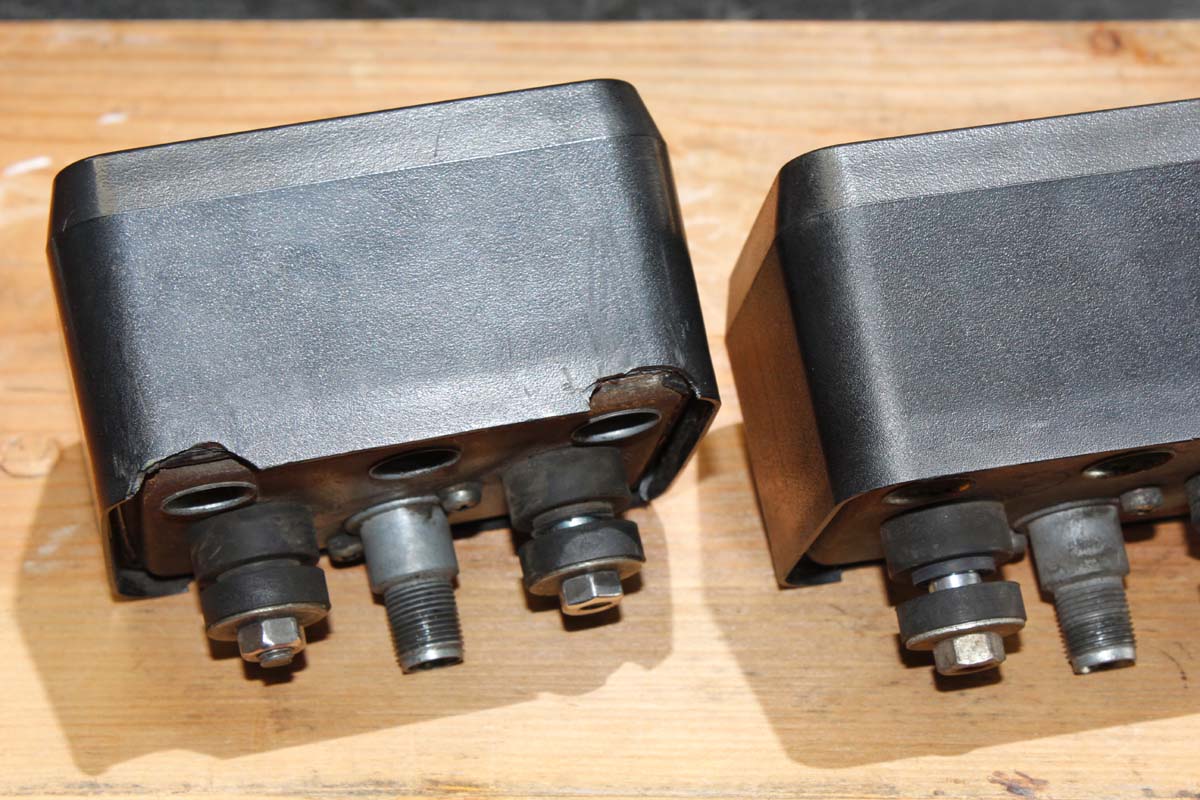

On the left is the speedometer for the current Bobbi 80, and on the right is the meter for the Bobbi 50 for which I purchased used parts. I bought the 50-meter as a spare because it had no chips on the body and looked good, and the mileage on the meter was low. I thought that I could use it as a spare part in case of emergencies.
In the Showa era, Hara 2 had a speed redline of 50 km/h (60 km/h now) and Hara 1 was 30 km/h.
P-cutters are used to pull and split the gap.


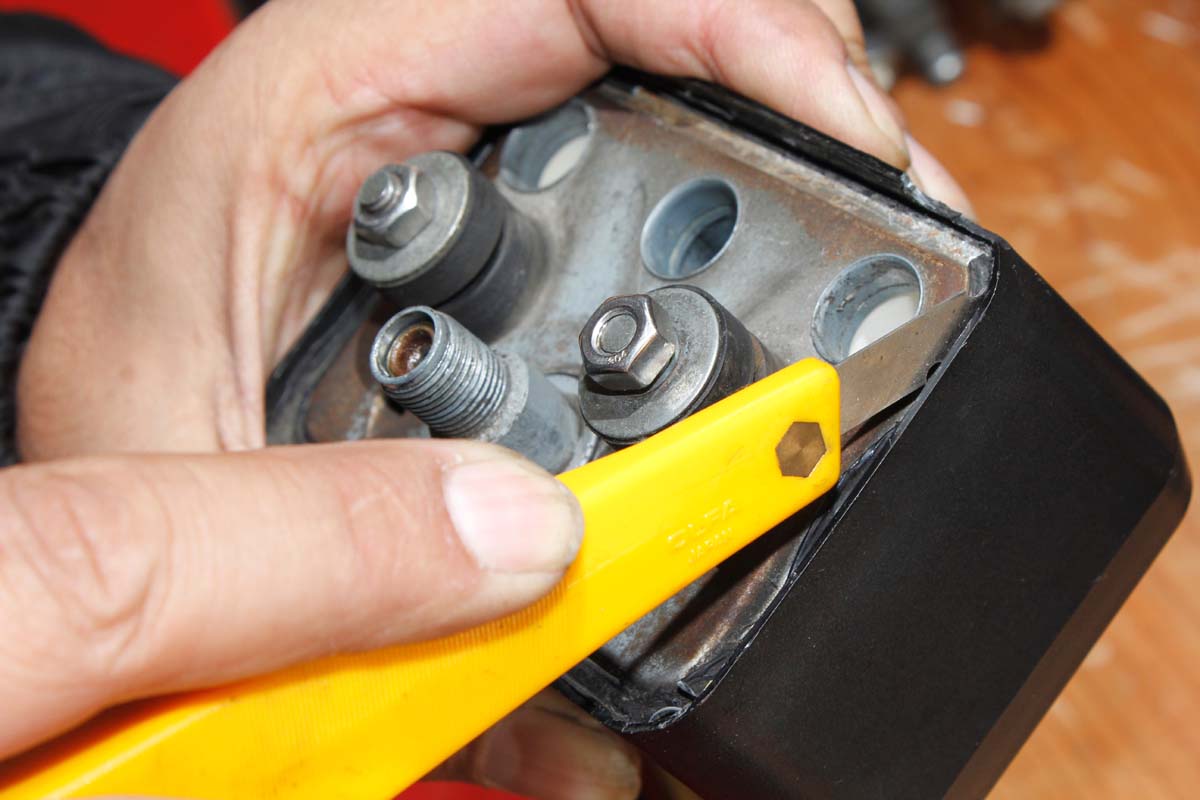

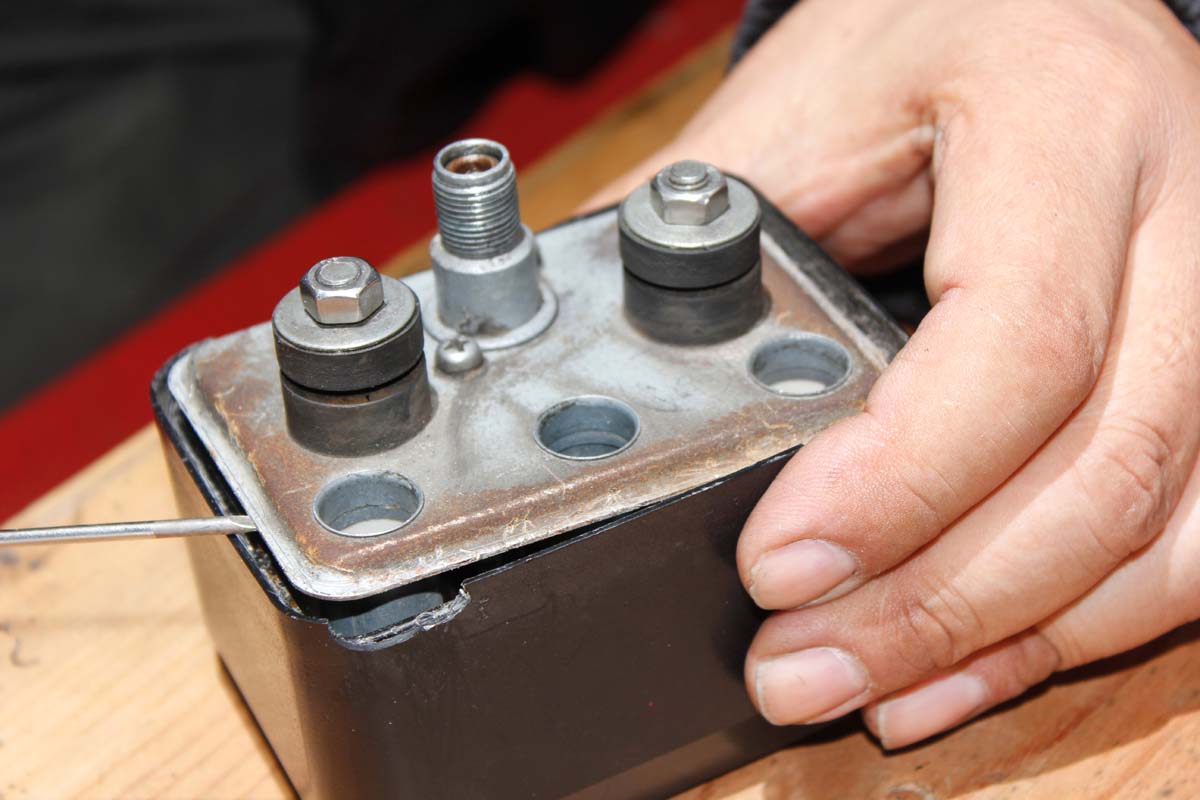



Since the resin body is melted by heat and fixed to the meter base, I inserted a cutter into the melted area to free the body. The P cutter used to cut acrylic sheets is easy to use. Instead of trying to plunge the cutting edge of the cutter all at once, it is better to cut thinly and gradually as if squeaking and scratching over and over again. After cutting the approximate weld area with the P-cutter, insert a thin flat-blade screwdriver between the plastic body and the base, and lift up the base side using leverage to prevent the body from breaking. When working for an extended period of time, be sure to place the meter face up. This is because damper oil in the movement will flow out if it is left upside down for a long time. It took about 10 minutes to achieve this kind of body separation.
Nicoichi strategy for the best of both worlds
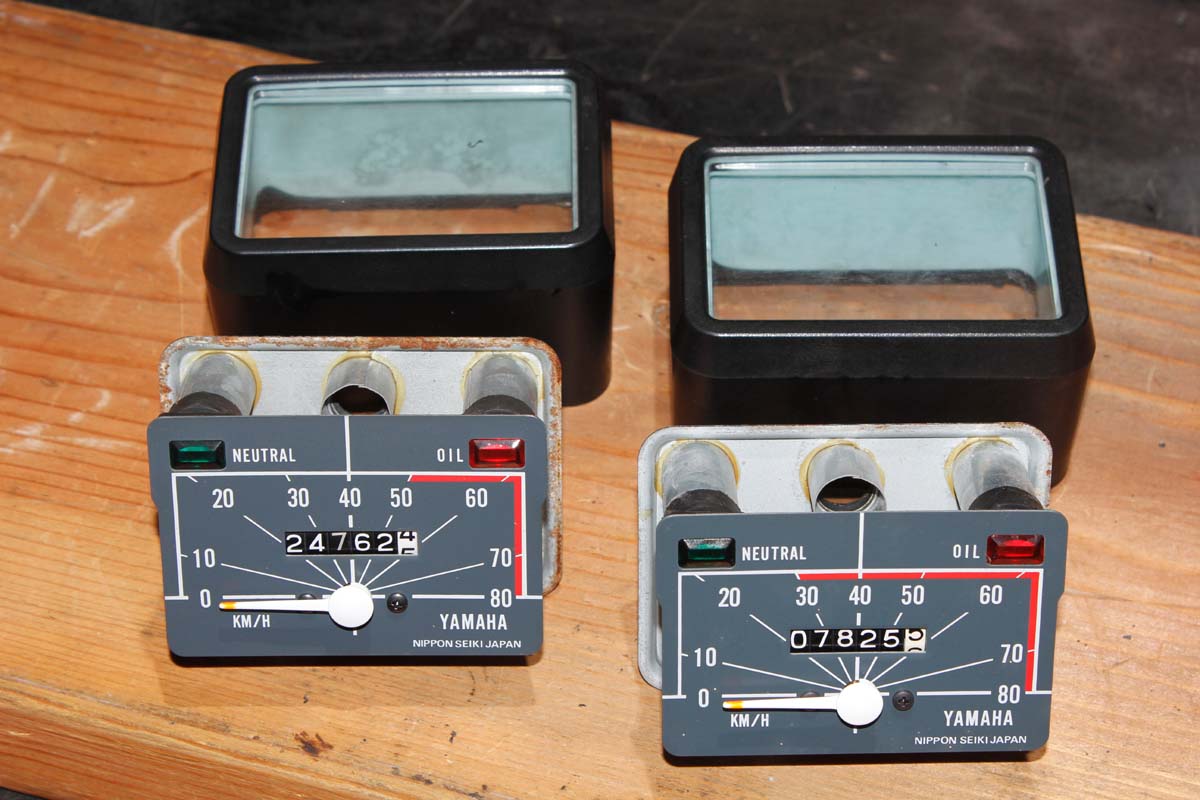

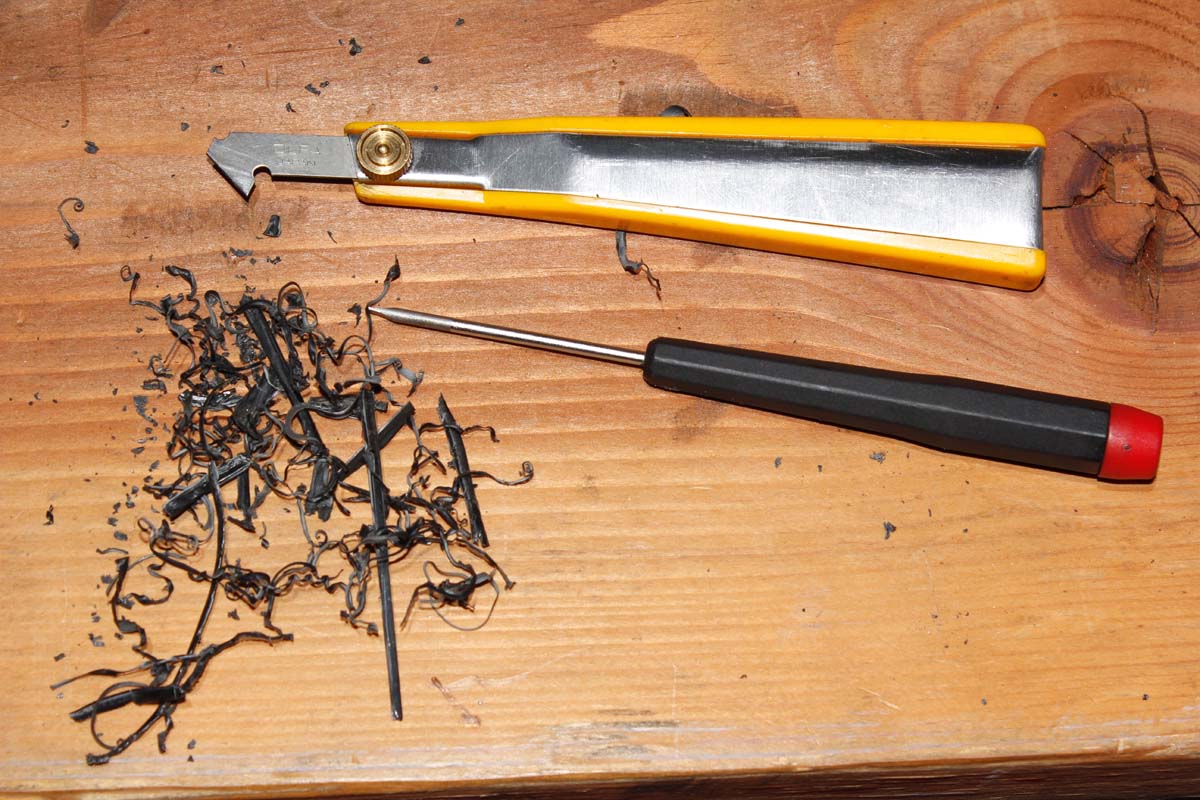

A similar process was used to disassemble the meter for the Bobbi 50. The meter for the 50 is by far more beautiful than the one for the 80, both in appearance and with regard to dirt and scratches on the lens. Still, we should clean the dirt from each part before assembling. The squeak, squeak work using the P-cutter produces pieces of resin like this. The only tools we used so far were the P-cutter and a thin flat-blade screwdriver.